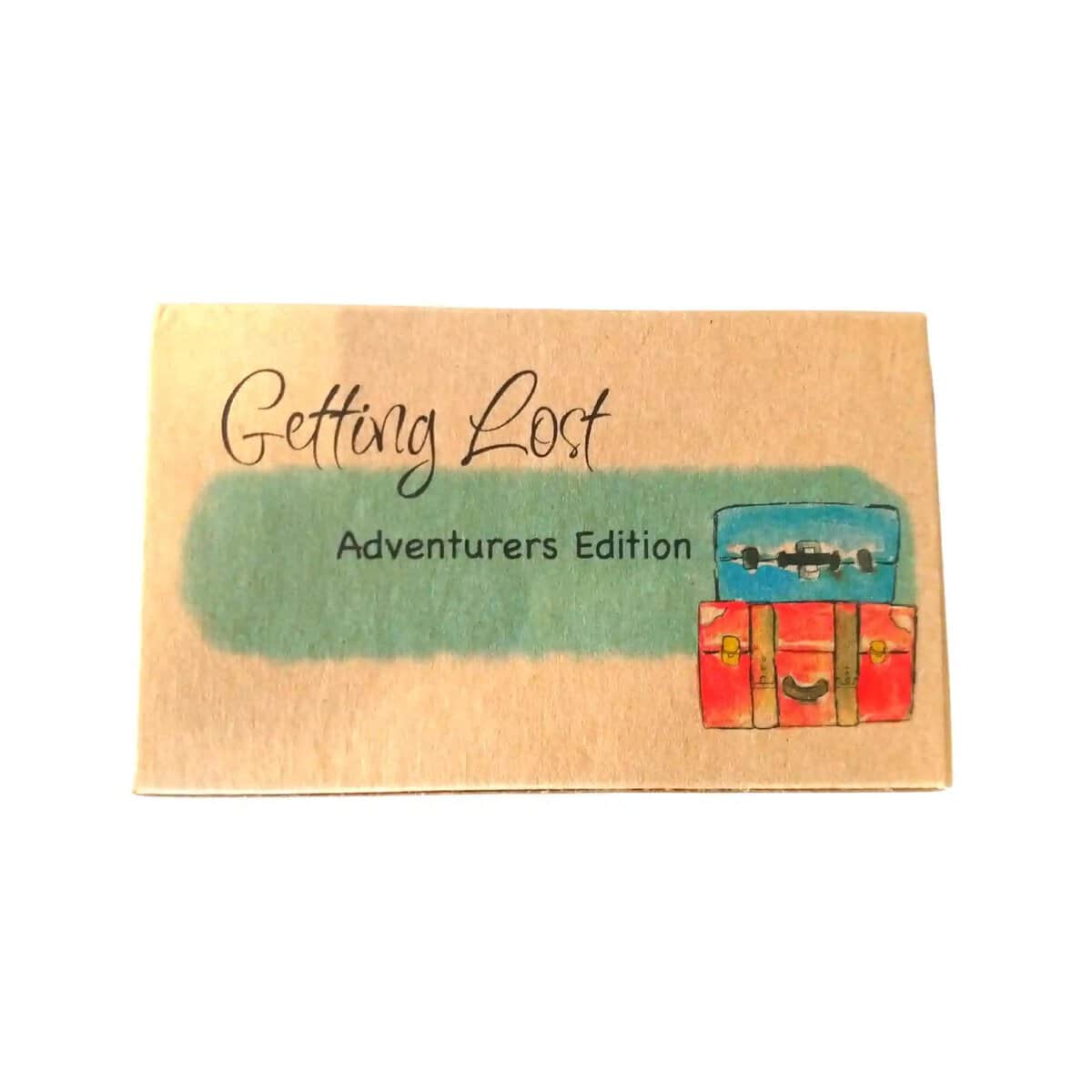A Parent’s Guide to Dealing with the “Getting Lost” Game: Strategies and Tips
Hey there, super parents! ? Have you ever experienced that heart-dropping moment when you turn around in a crowded place and your little one isn’t where you thought they’d be? One minute they’re playing hide-and-seek in the clothing racks, and the next, they’re nowhere in sight. It’s a terrifying feeling, but you’re not alone. In this guide, we’ll take a deep dive into the “getting lost” game that children often play, and share some invaluable strategies to help you navigate this phase with grace and confidence!
Understanding the ‘Getting Lost’ Game
First things first: what is the ‘getting lost’ game, really? It’s not unusual for kids to test boundaries and seek a bit of adventure — and this can sometimes take the form of playing hide-and-seek without telling you, or wandering off to explore. Understanding their perspective is key in ensuring both their safety and your peace of mind. So let’s buckle up and learn how to tackle this without losing your cool (or your kiddo)!
1. Stay Calm — They’re Counting on You!
Our kids look up to us for stability and response in tricky situations. If they sneak off and you react with panic or anger, they might be less inclined to come out of hiding or think twice before doing it again. Stay calm and collected, so you can think clearly and ensure your child knows it’s safe to come to you, no matter what.
2. Prevention: Teach Safety First
Preventing the problem before it starts is often the best option. Have regular conversations with your children about the importance of staying close and not wandering off without permission. Talk about safety in a positive and easy-to-understand manner. For example, use stories and role-playing to reinforce the message — it’s not just more memorable for kids, but also way more fun!
3. Have a Plan and Practice It
It’s always better to be prepared. Create a simple ‘if we get separated’ plan, and go over it with your children regularly. Rehearse what they should do if they can’t find you, such as finding a store employee or staying in one spot. Also, make sure they know their full name, your full name, and a contact number in case they need to provide it to a trusted adult.
Equip Your Child with the Tools to Stay Close
There are some nifty gadgets out there to help keep your child within sight. Consider using a child locator or a smartwatch with GPS tracking designed for kids. These tools can be a game-changer in busy environments. However, technology should never replace good old-fashioned supervision and teaching children the importance of staying nearby.
4. Positive Reinforcement Works Wonders
Praise and positive reinforcement go a long way in encouraging good behavior. When your children remember to stay close and follow the plan, make sure you acknowledge their efforts. This could be as simple as verbal praise or a small reward for their responsible actions. This helps them associate staying close with positive outcomes, making it more likely they’ll stick to it.
Adventure is an essential part of childhood, but it doesn’t need to come with unwarranted scares or risks. By applying these strategies, you’ll be fostering an environment that’s safe and secure for your little explorers. And remember, you’re doing an amazing job guiding them through this exciting yet sometimes challenging world. Stay tuned for more tips and tricks in the rest of this ultimate guide. Your rockstar parenting moves are about to level up!

5 Things Parents Should Know in Preparing for the ‘Getting Lost’ Game
5.1. Recognize Your Child’s Curiosity
Children are naturally curious, and it is this inquisitive trait that often leads to the ‘getting lost’ phenomenon. As a parent, recognizing and respecting your child’s curiosity while setting boundaries is crucial. Think of ways that you can channel this curiosity into safe and supervised exploration activities.
5.2. Dress for Visibility
A simple but effective strategy is to dress your child in bright, distinctive clothing when going out, especially in crowded places. This not only makes it easier for you to spot them but also helps others identify them in case they wander off and someone needs to assist in reuniting you.
5.3. Establish Checkpoints and Landmarks
When you’re out, point out and agree upon specific landmarks or checkpoints with your child. Teach them that if they realize they’ve strayed, they should head to the nearest pre-established landmark. This will give them a sense of direction and help in quicker reunification.
5.4. Encourage Open Communication
Create a reassuring environment where your child feels comfortable expressing their desires to explore. This open line of communication can often prevent the ‘game’ from happening, as your child is more likely to tell you before they wander away.
5.5. Understand and Adapt
Every child is different, and so is their behavior. Some may not be as prone to wander off, while others are more adventurous. Understand your child’s individual tendencies and adapt your strategies accordingly. Some children may benefit from a physical reminder, like a wristband with contact information, while others may just need a little more supervision.
Remember, the goal is not to instill fear in your child but to equip them with the knowledge and skills to stay safe. It’s about balance — allowing them the freedom to explore within the safe confines of your guidance.
Turning ‘Getting Lost’ into a Learning Experience
Dealing with the ‘getting lost’ game is not only about prevention but also about transforming it into a learning experience. When handled positively, these situations can teach your child about responsibility, the importance of following rules, and how to act when faced with uncertainty.
Use each moment as an opportunity to reinforce the idea that their actions have consequences, and that while adventure is good, safety is paramount. These conversations can build a foundation for smart decision-making that they will carry with them as they grow up. And as they become more street-smart, your anxiety levels will naturally lower, making outings much more enjoyable for the whole family!
When you arm yourself with a calm demeanor, a solid plan, and the understanding of your child’s perspective, you’re all set for success. Combine these tips with the strategies outlined earlier, and you’ve got a robust blueprint to keep your child safe without clipping their wings — so no more scary moments when they play the ‘getting lost’ game. Keep the adventures magical and the learning experiences rich, and trust in your ability to guide your child through it all with love and wisdom. Happy exploring!
See more great Things to Do with Kids in New Zealand here. For more information see here
Disclaimer
The articles available via our website provide general information only and we strongly urge readers to exercise caution and conduct their own thorough research and fact-checking. The information presented should not be taken as absolute truth, and, to the maximum extent permitted by law, we will not be held liable for any inaccuracies or errors in the content. It is essential for individuals to independently verify and validate the information before making any decisions or taking any actions based on the articles.




